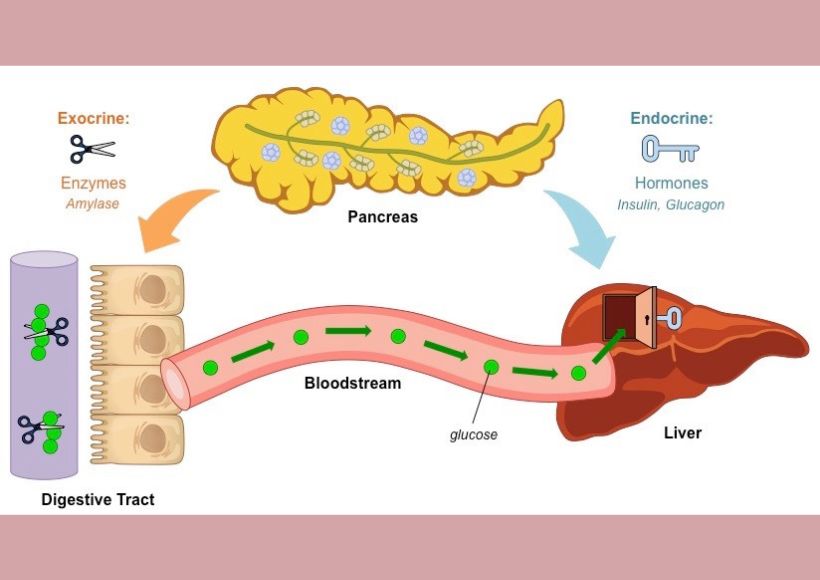Starch is one of the dietary fibers, chemically speaking one of the polysaccharides (= multiple sugars). Like other roughage, it binds water and swells, which increases intestinal peristalsis and improves digestion.
What is special about starch is that it can take on a dense, crystalline structure. This means that it cannot be broken down by the body during the digestive process. therefore referred to as resistant starch. It does not add any calories to the body. Resistant starch can be created through technical processes such as heating and cooling. It occurs, for example, when potatoes are heated and then cooled again. Almost all processed foods contain small amounts of such indigestible starches.
On the other hand, starch can be broken down by technical processes, eg by cooking. This means it gets a form that the human body can break down and digest. Such starches then also contains calories.
Starch powder plays a role in cooking. This is used to bind sauces, prepare puddings and the like. This starches is obtained by washing out flour or ground tubers and roots. It is then cleaned and dried. Due to the manufacturing process, powder does not contain any gluten and can therefore be consumed on a gluten-free diet. The properties of this starches are often modified industrially. For example, instant products such as sauce or pudding powder contain a modified starch that no longer needs to be heated to bind liquid.
Also Read : Calcium Food: These Foods Are Particularly Rich In Calcium

